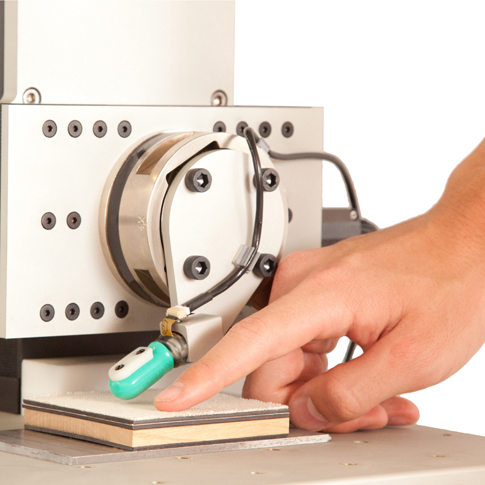
Tactile Perception
As robots are increasingly expected to replicate and replace human behavior, they must increasingly behave like humans. At SynTouch, we believe that such biomimetic goals are best facilitated by biomimetic systems. In developing the BioTac, SynTouch engineers recognized the elegant and effective design of the human fingertip and have crafted a sensor after it. The BioTac is capable of sensing the full range of forces, vibrations, and temperature that humans can perceive. Biomimetic features such as fingerprints, fingernails, and even heat generation improve the sensitivity and functionality of the device. This places the BioTac in a class of its own for human-like tactile sensing.
The ability to identify objects by touch is one of the core functions of human tactile sensing. Due to its biomimetic design, the BioTac is the world's only tactile sensor capable of replicating such perceptions. Processing of raw sensor data gives the BioTac the ability to discriminate and identify objects based on their compliance, texture and thermal properties, with performance as well as - and sometimes even better than - human perception.
Videos
Robots Get a Feel for the World
Robots Get A Feel For The World from USC Viterbi on Vimeo.

